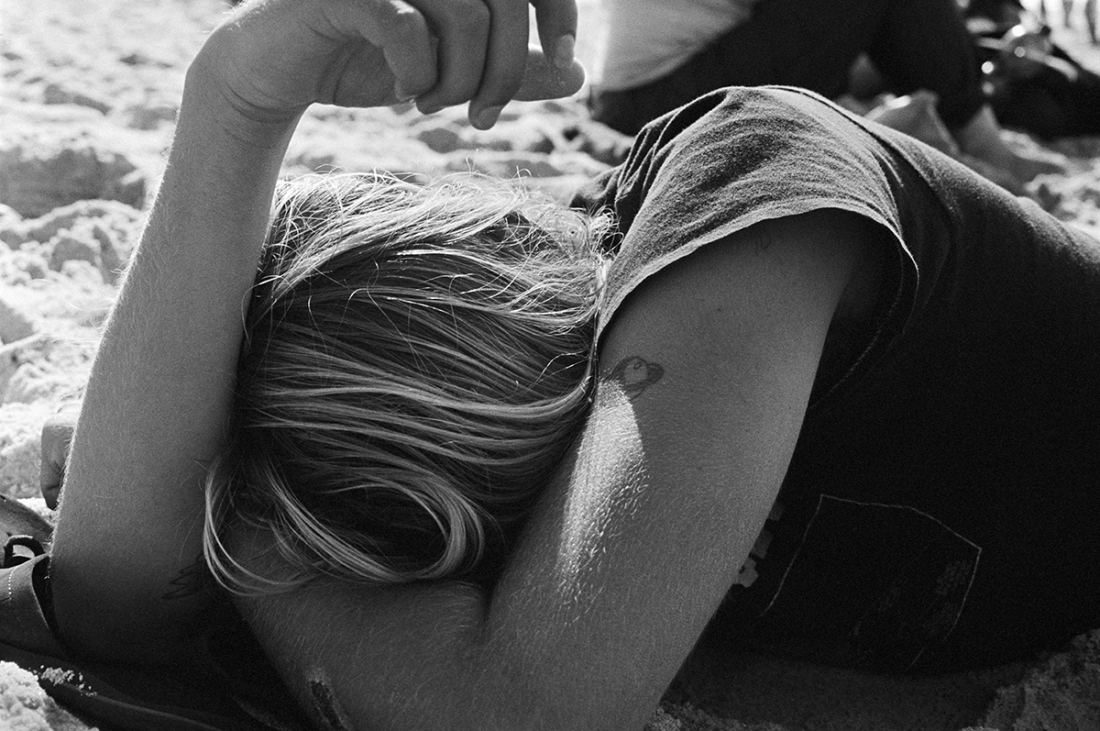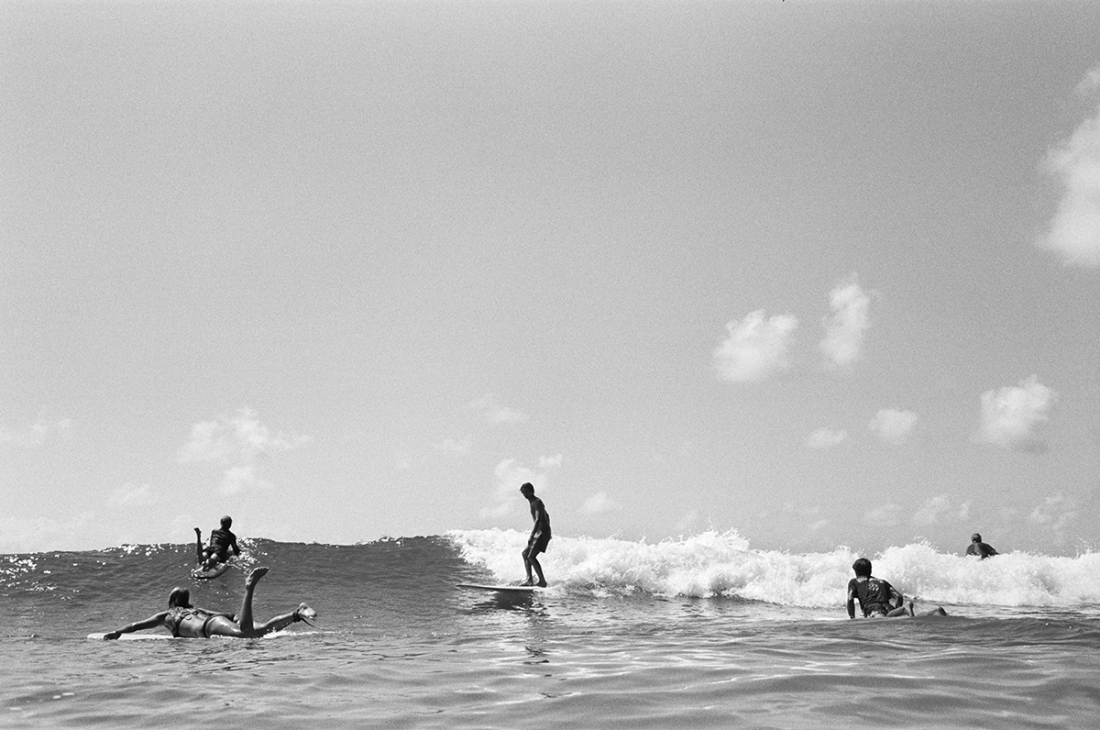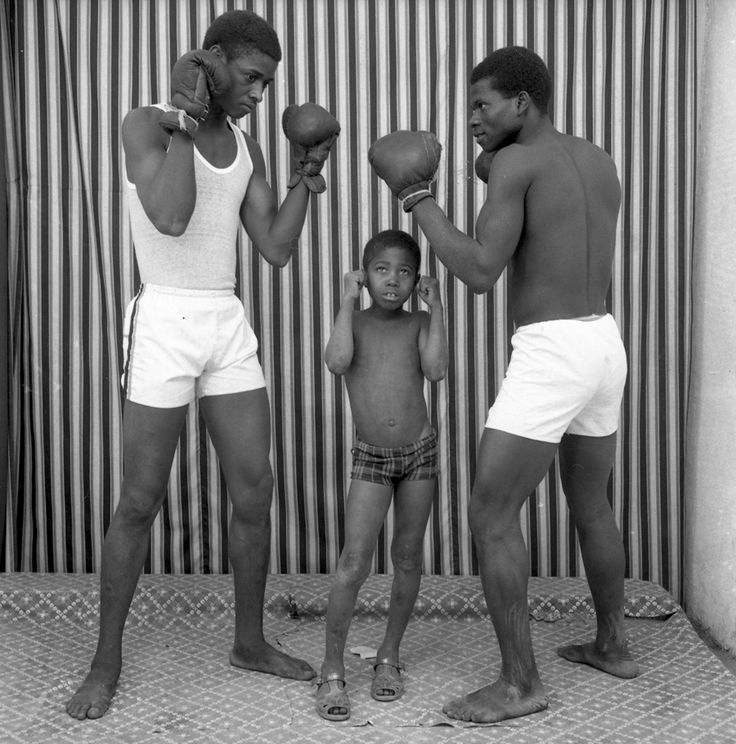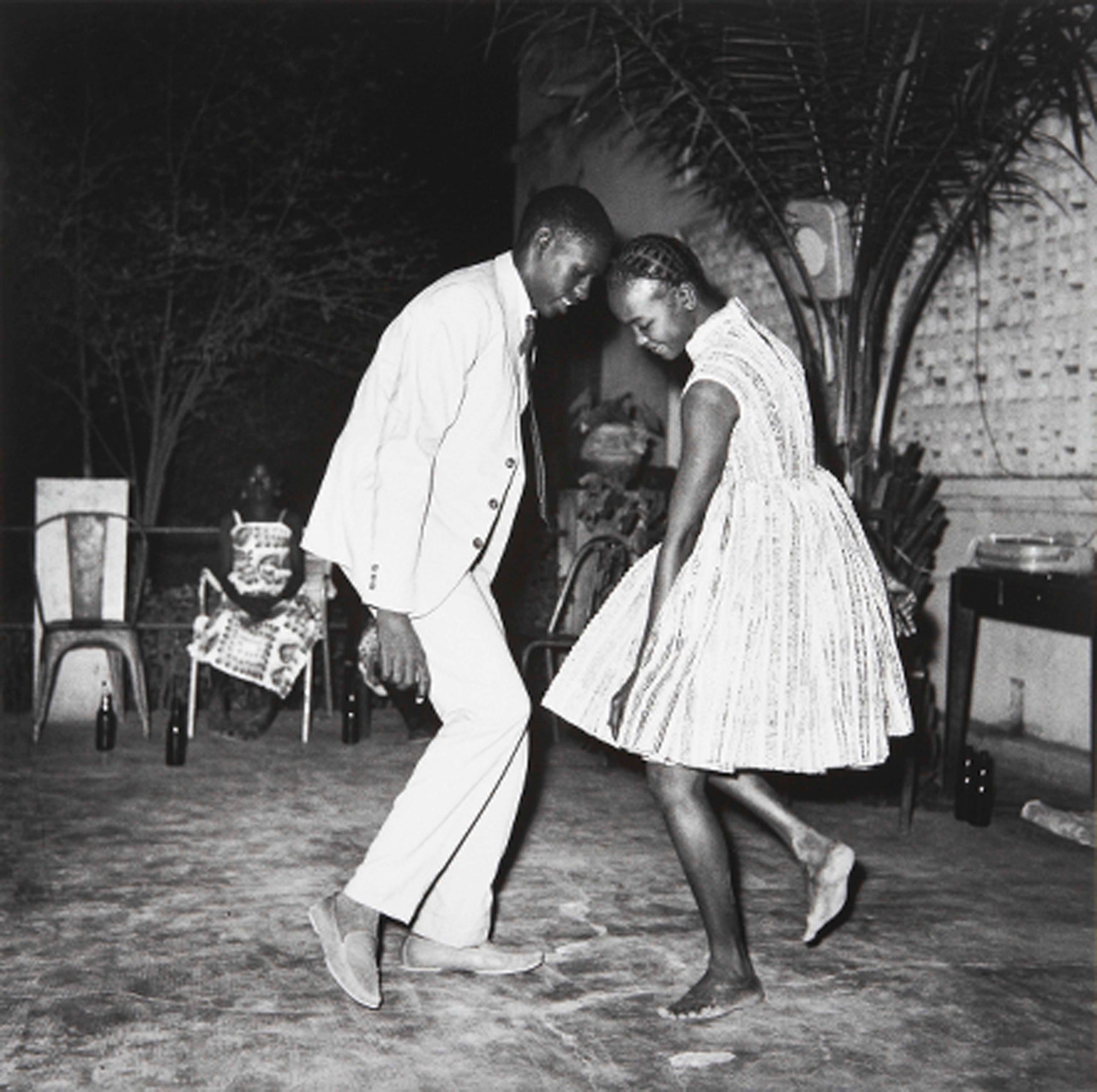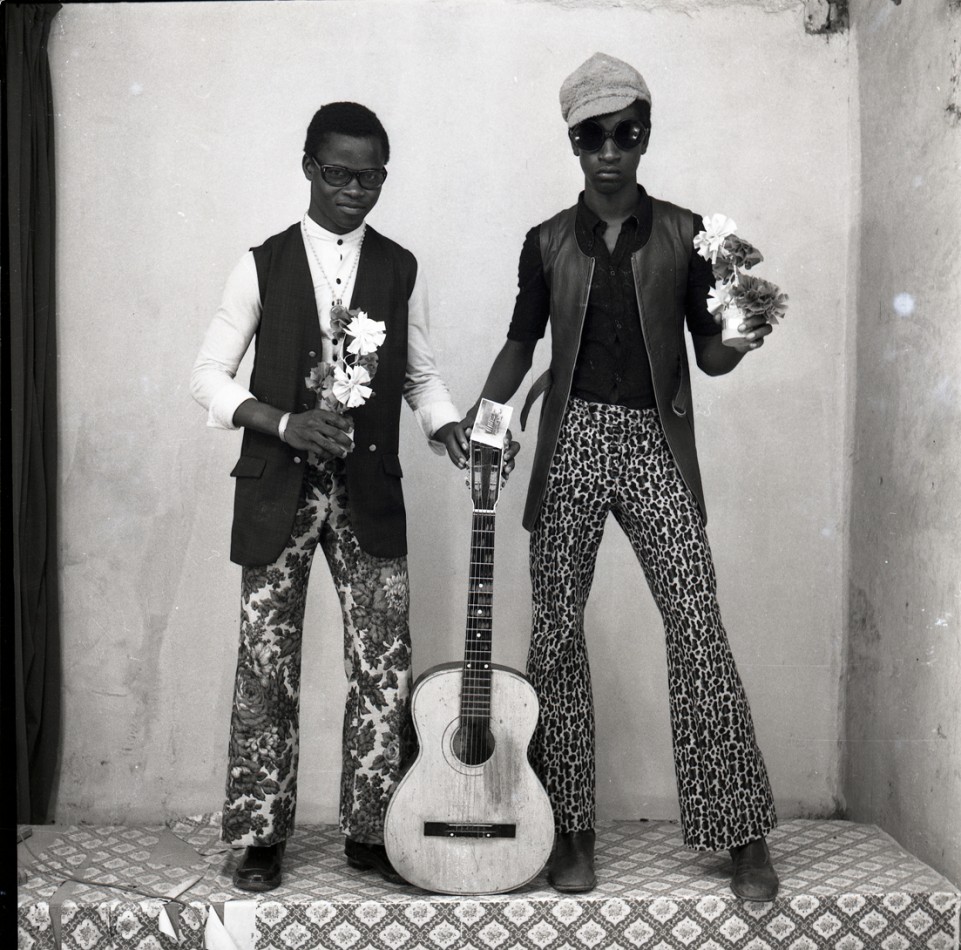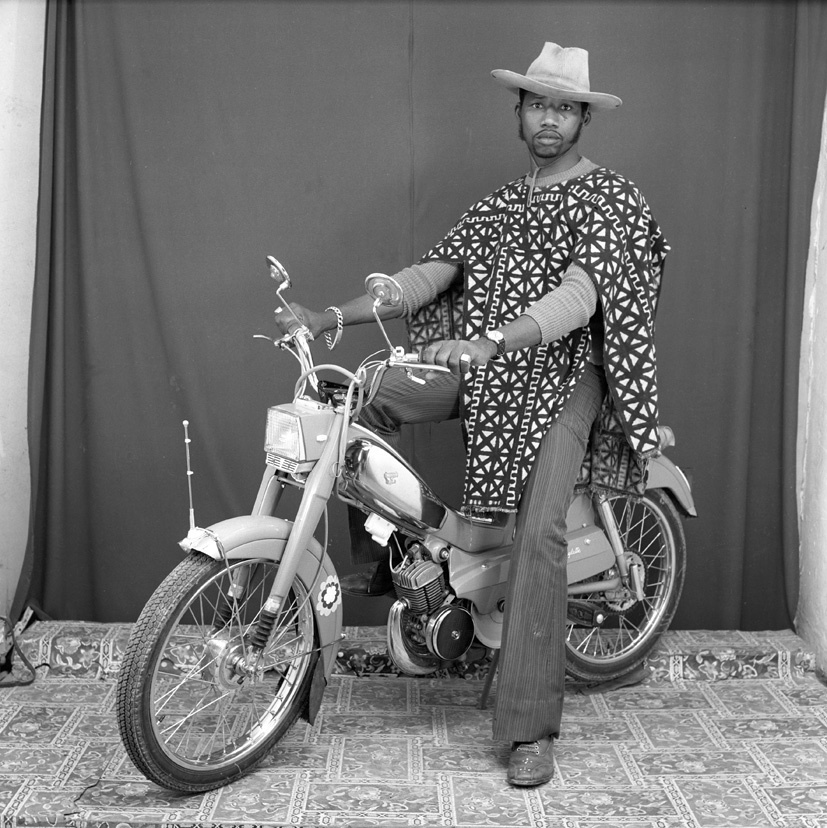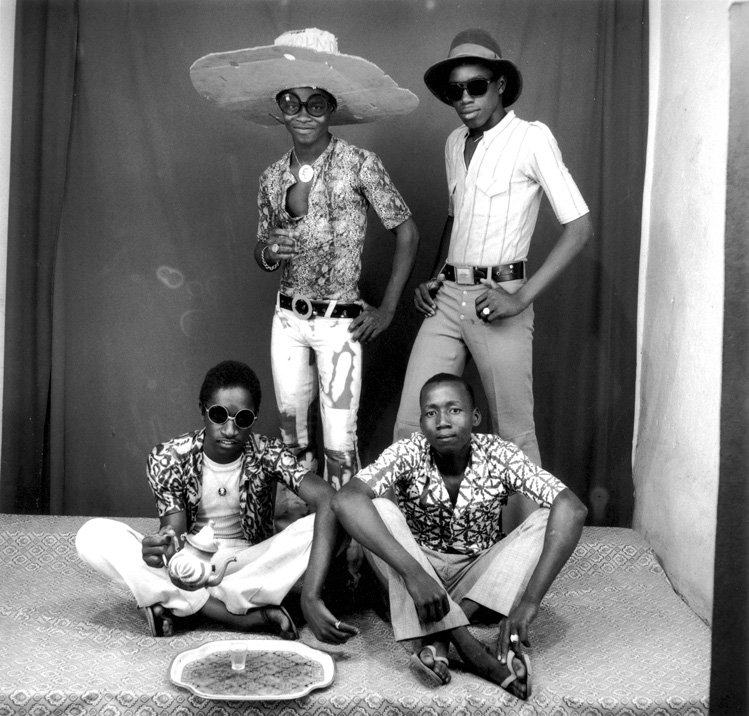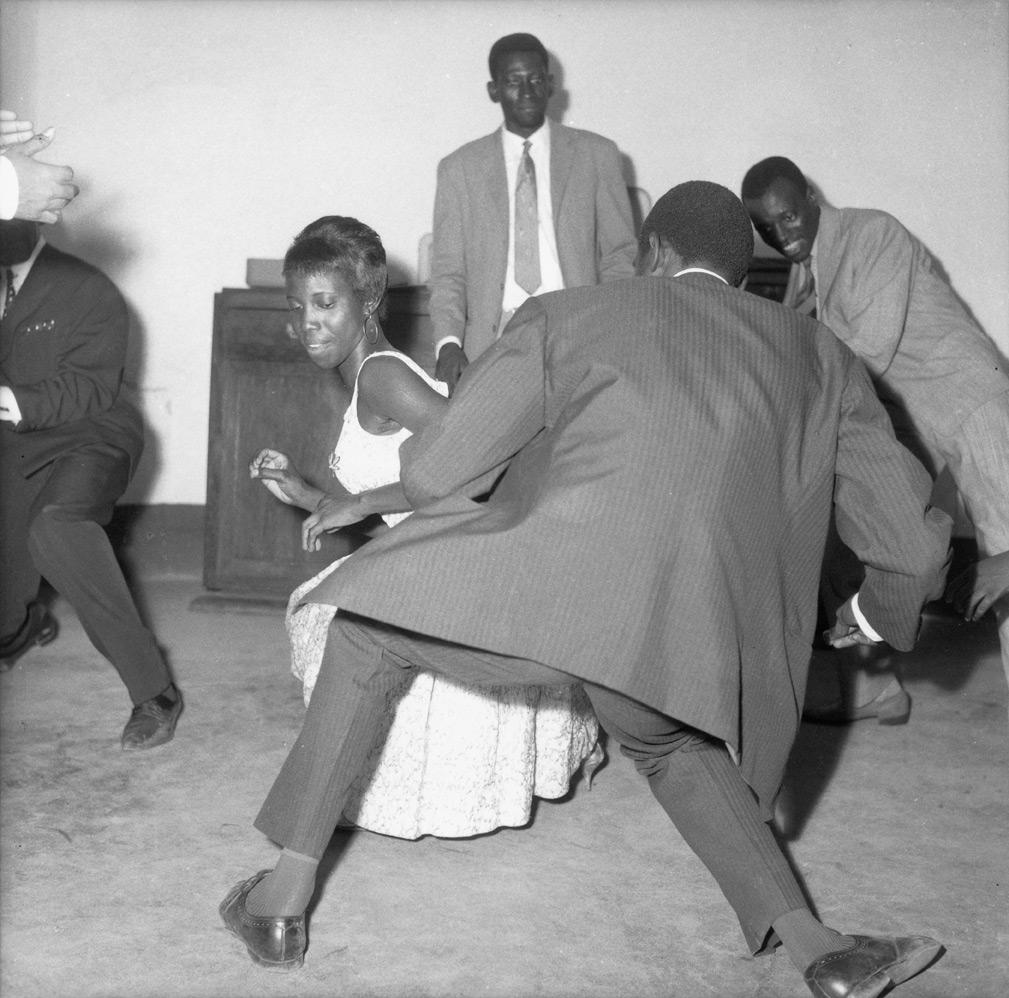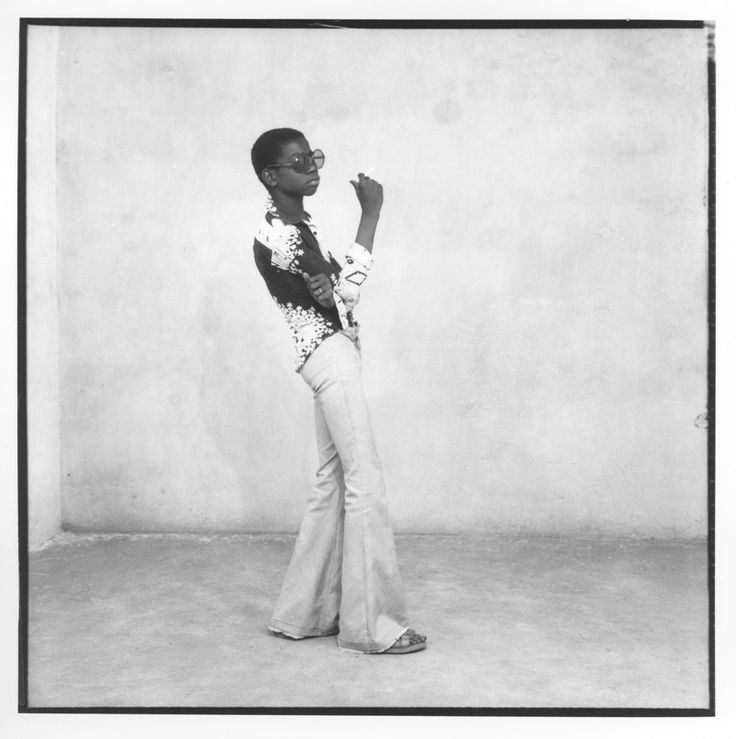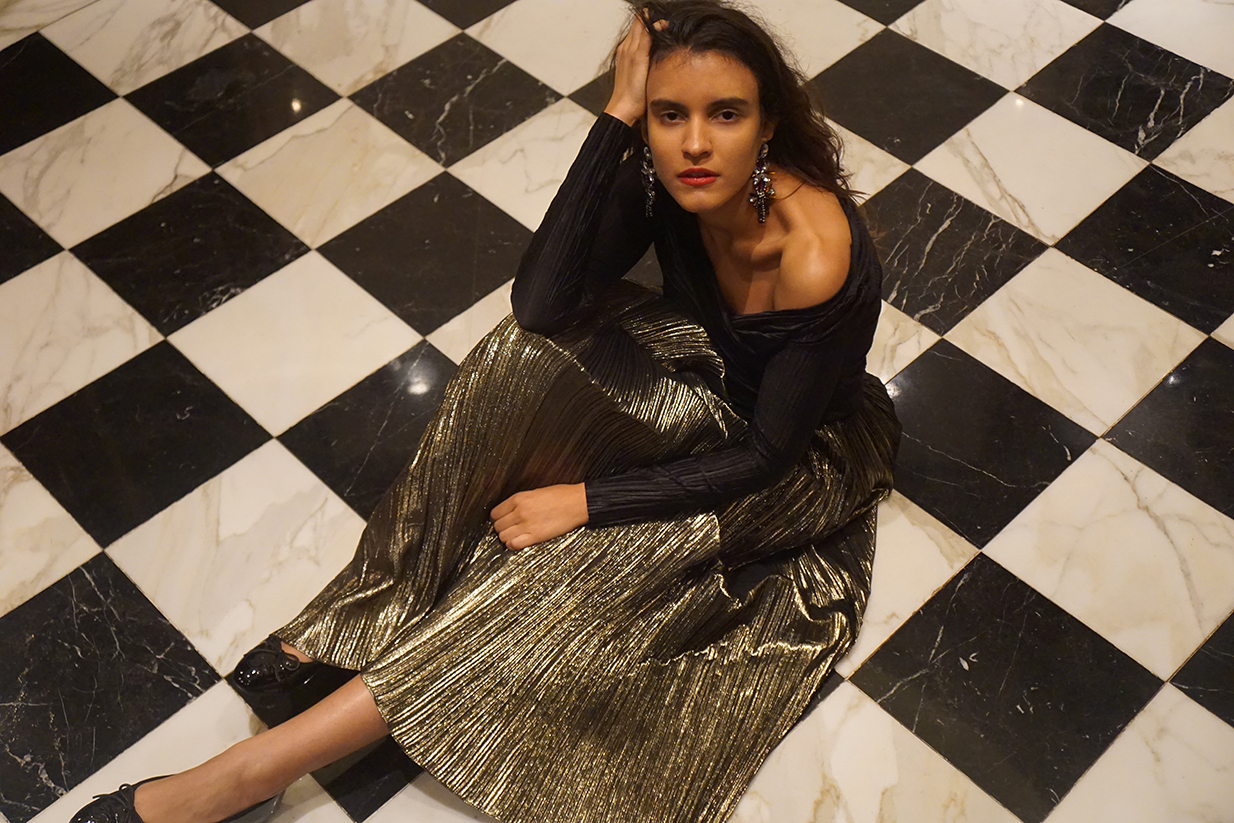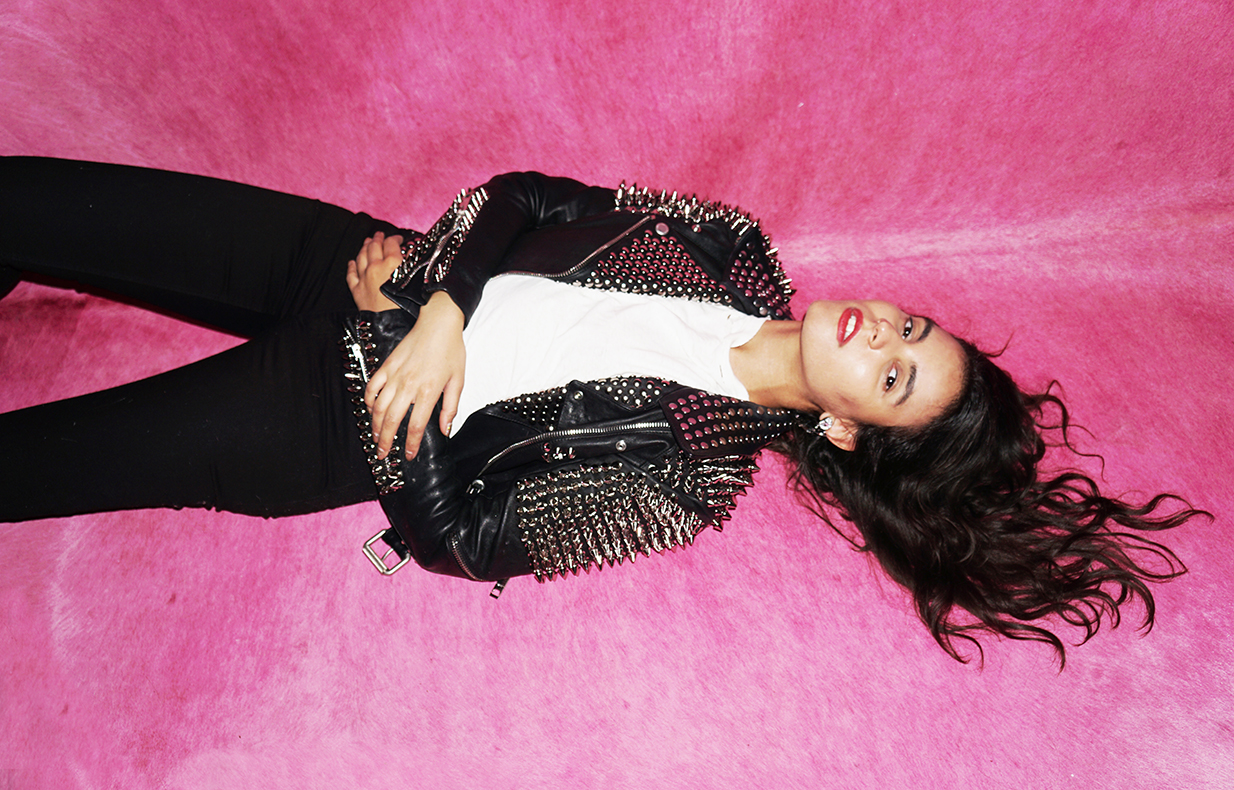Surf culture has a certain spiritual mysticism that extends beyond the sport and enters the realm of the samurai. There are codes, there are secrets and there are veils split by the curling lip of the tide. Surfers are like samurai warriors of the sea. Growing up in Capistrano Beach, the waves beckoned a young Nolan Hall and so did the clandestine beaches, and secret surf locales and the legends of the sport. And since, surf culture has become a way of life for Hall; not only as a surfer, but also a documentarian. His photographs have taken him on wild adventures – a selection of those images will be shown at his solo exhibition, entitled Peregrines, opening this weekend at Paul Loya Gallery. In the following interview, Autre chatted with Hall about his internship with legendary surf brand RVCA during its halcyon days before it was purchased by Billabong in 2010, his entrance into the Deadbeat Photographers Club that counts the renowned skater and photographer Ed Templeton as a fellow member, and his current stint as the tour manager of the Vans surf club team. What you will learn about Nolan is that he is the ultimate samurai of the sea.
OLIVER KUPPER: What came first, surfing or photography?
NOLAN HALL: Surfing.
KUPPER: How did that come about?
HALL: My dad surfed. He would take me down the beach at a young age. When I was really little, I was super not into it. But my dad was in this surf club, and I met a bunch of kids my age who surfed. We would skate around together. I think once I made solid friends that did the same thing, I got super hyped on it. It just grew from there.
KUPPER: Where did you grow up?
HALL: I grew up in Capistrano Beach.
KUPPER: What was it about surfing that you knew was going to be a part of your life?
HALL: I don’t know. My dad did it, so it was always easy to hop in the car and go surf with him. It felt like summer.
KUPPER: Surfing does have a spiritual aspect to it. It’s like entering into a strange, new religion. It’s not like other sports.
HALL: For sure. It’s dumb in a sense, but it’s one of those things you can’t describe. I’m sure everyone feels it when they’re doing it. I know when I surf before work, or in the morning, I feel better for the rest of the day.
KUPPER: I’ve had friends who are surfers. They say that there’s something about going into the water and coming out – it’s like a life changing experience.
HALL: It’s definitely one of those things where people get hooked. Someone’s friend turns them onto it, and it’s like being let into a whole new world.
KUPPER: Besides your dad, who are some surfers that you look up to?
HALL: When I was younger, my friends and I rode traditional longboards. At the time, that was super uncool. It was the late 90s, the age of the shortboard. Now, you can surf whatever. There are no weird vibes. I grew up longboarding, so we used to watch all these older guys from the 60s – Lance Carson, Skip Frye.
KUPPER: So you’re kind of a renegade to be in with the longboarders?
HALL: I wouldn’t say “renegade.” We were off on our own deal.
KUPPER: How did photography come about?
HALL: My dad had these small Nikon cameras. What got me fired up was the movie The Seedling, filmed by Thomas Campbell. Campbell, Barry McGee, Andy Davis – all these guys were making this really impactful art. That was around when I was fourteen, when I was just hanging out with my friends. We were surfing, skating, getting into these adventures. I wanted to document it.
KUPPER: What did your parents do?
HALL: My mom works in oils, like landscape oils. I never know what to call her. She’s a pleine aire artist. My dad has bartended, hung wallpaper. He hung wallpaper for the majority of when I was younger.
KUPPER: He was also into photography and surfing?
HALL: I think he was into photography the way your average person was. He had the Nikon film camera, but that was the only way to take photos at the time. I wouldn’t say he was a super enthusiast.
KUPPER: Do you shoot mainly with film?
HALL: Yeah.
KUPPER: Are you a film purist?
HALL: I’ve had a digital camera for gigs and promotional work. But people are psyched on film. Primarily, I have a Rangefinder camera that I take black and white in.
KUPPER: Back to surfing, because it’s a big part of your career, what is your theory on why surfing and skating are so intertwined with art? You don’t see basketball or football being explored in the same way.
HALL: Creative people invented those things. Someone, at some point, to break the lull, said, “I’m going to go ride that wave. I’m going to make a board and try to ride that.” That’s some pioneering shit. Skateboarding has the most creative people. Iconic skateboards are insane. They are both art forms in themselves. When you’re skateboarding, you can choose to look a certain way, there are certain lines. When you’re surfing, you have a certain style.
KUPPER: Let’s talk about RVCA. You teamed up with them before they were bought out?
HALL: Yeah. When I was in high school, so before 2003, the Bowers Museum in Orange County was doing a surfing retrospective. RVCA was doing an opening party. We did a catalogue to go with it. KC, my old boss, sent me on a school day to the museum with a terrible digital camera. I get there, and I see Aaron Rose, and I was so nervous and speechless. He was super cool and posed for a photo. Then I just floated around as people were setting up the show, and I loved it.
KUPPER: How did you get started with them?
HALL: I had done things like that, where they would give me assignments. I also worked at the warehouse, doing sample sales. This was before I was officially hired. While I was still going to community college, they offered me a position as KC’s assistant. I was still living with my parents. The first day I showed up in the office, I introduced myself to KC. He was very kind to me, but then he just went back to work. I was sitting there with nothing to do. Eventually, he was like, “Do you need something?” He had no idea.
KUPPER: So he had to invent things for you to do?
HALL: The first thing he had me started on was building the catalogue. The company was so small. I think it was a 20 or 30 page catalogue that I laid out on cork. I had no idea how to use cork. I was trying to figure it out, kind of getting it. We got it printed at Kinko’s, like with a spiral. It was super early. Since I was also into photography, if we needed more images, they would say, “Hey, meet this person in town.” That led to semi-annual trips with people. It blossomed. With RVCA, you meet so many artists.
KUPPER: They were a quintessential brand.
HALL: It’s so different now, but at the time, it was so new. It was such a cool vibe.
KUPPER: I don’t think there are brands like that anymore.
HALL: It’s hard when you become so big. You either stick to your niche and make specific stuff, or you try to make everything and it becomes kind of vanilla.
KUPPER: When did you start ANP Magazine?
HALL: That might have been 2005.
KUPPER: Were you there around the founding of that?
HALL: Yeah.
KUPPER: It’s not around anymore?
HALL: I think it is, but they don’t do quarterly. I think they might only do it once a year now. I don’t know how it seemed from the outside, but we were just scrambling to get it to the printer. Distributing it was insane. We physically drove to places. The East Coast probably got a few boxes sent out, but then we had to physically drop them off everywhere else.
KUPPER: It got serious reach. People experienced it and liked it. That's from my outside perspective, living in LA at that time. There was this motorcycle garage/café called Choked. That’s where I first saw it. I remember loving it. It was super rock n’ roll.
HALL: It was cool because it was all interesting. They weren’t pushing anything. They weren’t trying to sell you anything.
KUPPER: You have worked with Aaron Rose and some other big artists. You must have learned a lot and grown up as an artist through that process.
HALL: Those guys were there working on the mag. I didn’t work extensively for them. I was just the help, for the most part. But it was cool to see it happen. Writing articles, editing down things.
KUPPER: When did Vans come along?
HALL: After RVCA, I was playing in a band. We got a record deal with Vice Records, so we wanted to take it seriously. We did that for two years, touring. Music was different then. There was no social media. We weren’t getting out there, and we weren’t making any money. We just kind of called it. I moved back in with my parents. While I was there, my boss at Vans now hit me up and said, “Hey, I need someone to go to Hawaii during Triple Crown.” So I was like, "Yeah!" I went to do reportage. That was a two month trip, and at the end of it, he offered me an assistantship. Shortly after that, I got hired as the surf team manager.
KUPPER: What does that job involve? You travel a lot.
HALL: It’s similar to a tour manager in a band. Booking, accommodations, flights, setting up trips, coordinating with filmmakers and photographers.
KUPPER: What’s the most recent place you’ve been?
HALL: I was just in Florida for a surfing event that we sponsored. I took a few of the guys up to New York for the 50th anniversary. They did a bunch of parties and events all over.
KUPPER: Throughout all that, you get to be really creative. You get to have the camera out and everything.
HALL: It’s cool. Every now and then, our art director will ask for photos for this or that. It’s not a whole lot of pressure to create images. I’m just out on these trips taking photos.
KUPPER: What is the Deadbeat Photographer’s Club?
HALL: It’s a publishing company by Clint Woodside. He approached a few people when he was first starting it, and that became the core group. Ed Templeton, Devin Briggs, Grant Hatfield, and myself. Those are the core people, and there a bunch of others. It’s just a total nerd club. It’s funny: when we’re all together, we all have our cameras. If something interesting happens, five people rush over to try to take a picture of it. Ed’s been a mentor to me in growing a photo and art career.
KUPPER: And you’re starting to push more towards that career? You have a show coming up. Do you want to start transitioning into a career as an artist?
HALL: It would be awesome. I also think it would be really difficult. If you can be doing what you love, I’m totally for that.
KUPPER: What can we expect from your show coming up?
HALL: It’s all photos from either work trips or just around town. It’s moments in surf culture. The photos are small moments of being in that environment, without being just surf photography. I’ve never been interested in the action shot. There are some action photos in there, but it’s not normally what you see in surf photos. It’s like a backstage photo of a band – something you don’t get to see.
KUPPER: And you’re deep inside of it. You’ve become sort of a documentarian of that lifestyle.
HALL: It has been documentary.
KUPPER: Looking at your work, you can tell that it’s not “surf photography.” It’s documenting surf culture, in a way that’s embedded in the fabric of that lifestyle.
HALL: It’s a study of the culture.
KUPPER: Who are some other photographers that photograph that world? It seems like there aren’t many.
HALL: There are a bunch. Todd Glaser, who is a working staff photographer for SURFER Magazine. He documents everything. He has everything inside and outside of the water, environmental portraiture stuff.
KUPPER: The surfer world right now still seems kind of cult. It seems like a secret, in a way.
HALL: It’s tough. There’s a lot out there, but you have to travel to far places where there is nothing around, at times when there are storms and weird weather patterns. There are also a lot of people that like to keep beaches and waves secret.
KUPPER: What’s the craziest place you’ve ever surfed? Or the most beautiful?
HALL: Byron Bay in Western Australia has some beautiful beaches. The Barton River area is all wine country, so there’s no development on the coast. I surfed in Alaska two or three years ago. It was springtime, so it wasn’t freezing. But it was an awesome experience. It felt like you were breathing good oxygen. You’re out in an area where there’s no one around.
Nolan Hall "Peregrines" opens April 2 at at Paul Loya Gallery in Culver City and runs until May 21, 2016. Text and interview by Oliver Maxwell Kupper. Follow Autre on Instagram: @AUTREMAGAZINE

